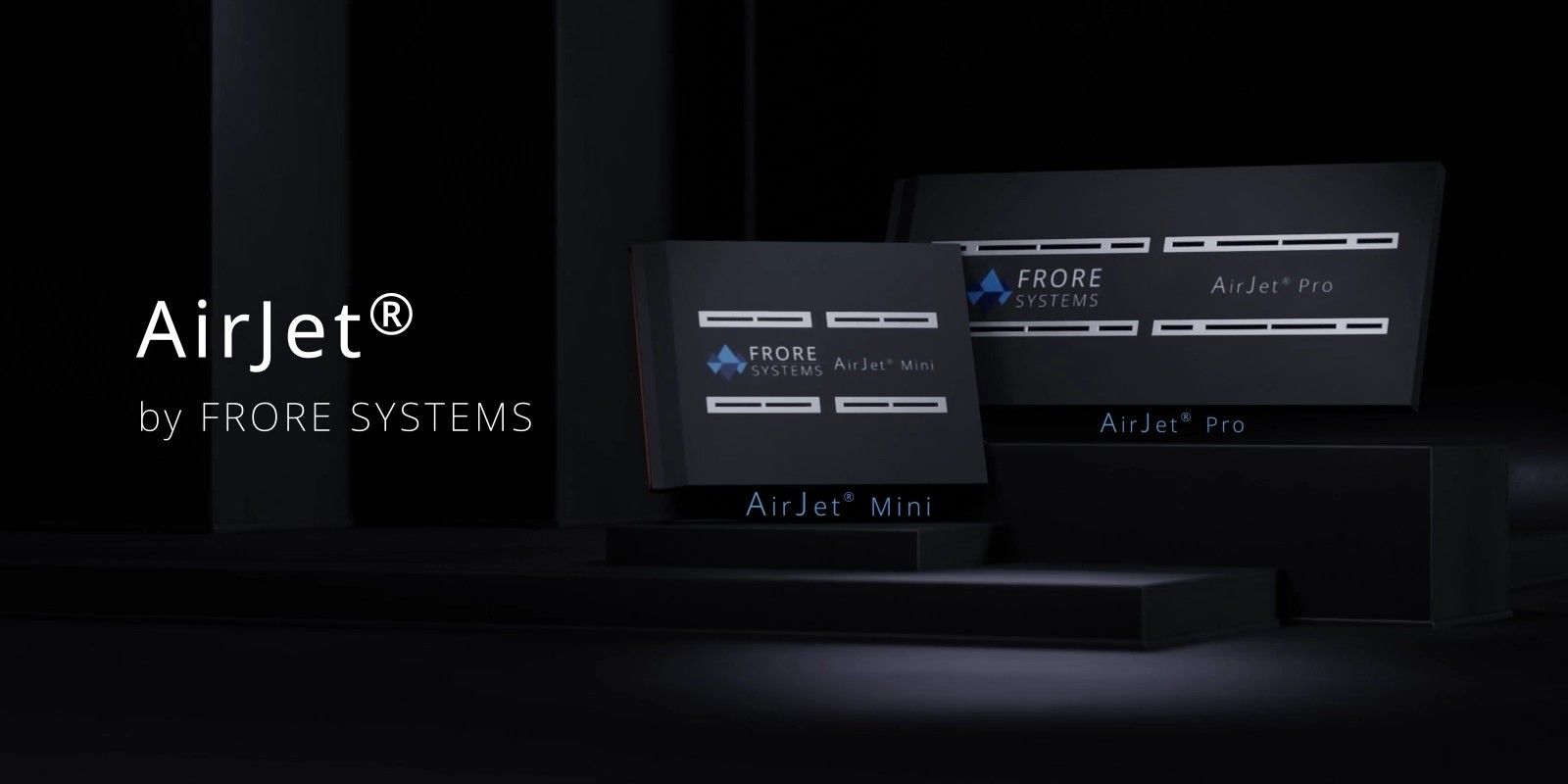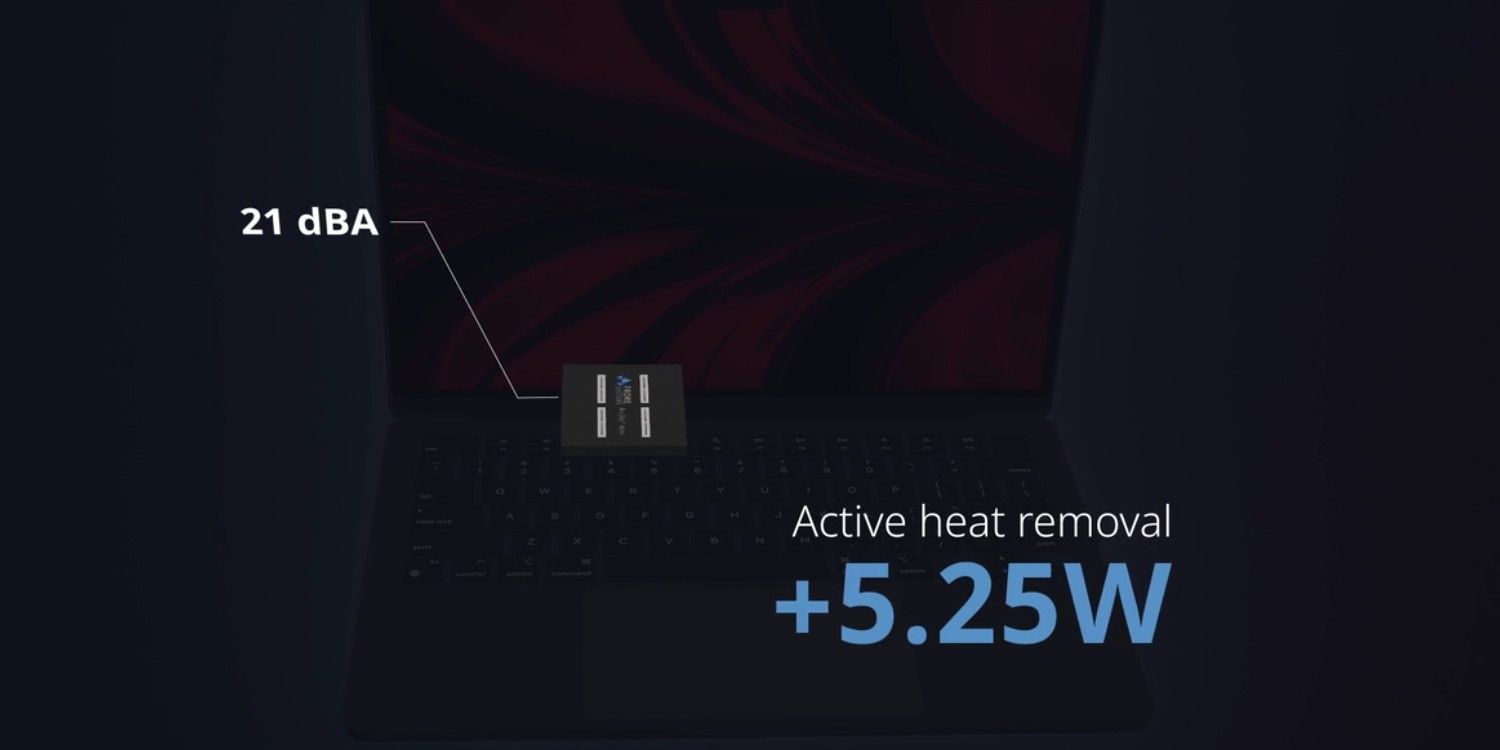The first-of-its-kind cooling solution not only works for laptop computers but also mini PCs, tablets, and even handheld gaming consoles.
A new cooling technology developed by a startup may result in better cooling systems for laptops PCs, particularly the slimmer ones. Ultrabooks is the marketing term used for thin and light premium laptops like the MacBook Air, but that ultra-slim design is not without compromise. Incredibly thin laptop designs come at the expense of certain components like a cooling fan. A laptop can get hot during processor-intensive tasks because of the lack of a built-in fan, and overheating often results in performance throttling.
A startup called Frore Systems has developed a new active cooling system, AirJet, and intends to replace cooling fans in PCs and provide an option for thin laptops. The AirJet’s selling point is the fact the cooling solution doesn’t require as much space as a fan and should allow PC manufacturers to build even thinner PCs that offer better performance than those with cooling fans. The company says it will also be quieter and more power-efficient than traditional fan setups.
Better Cooling, Better Performance
Frore Systems’ cooling solution is the world’s first solid-state chip for active device cooling, delivering twice the performance improvement. AirJet works by vibrating tiny membranes at an ultrasonic frequency, creating a suction force to pull ambient air in through tiny inlet vents built into the back of a notebook’s casing. Because of how the system works, the vents don’t have under the device, unlike most laptops with fans. The pulled-in air is expelled through outlet vents after it reduces the heat generated by the CPU or GPU. The company says that the use of high pressure to expel air will allow manufacturers to install air filters to prevent dust build-up in the laptop.
The AirJet is available in two versions – the Airjet Mini and AirJet Pro. The former is 41.5 x 27.5 x 2.8mm in size and dissipates up to 5.25 watts of heat while requiring just 1 watt of power. It has a noise level of 21 dBA and generates 1750 Pascals of back pressure, which is 10x that of a fan. Four units of the AirJet Mini are needed for 13-inch notebooks like the 13-inch MacBook Air or MacBook Pro, while two are needed for a tablet.
Meanwhile, the AirJet Pro is bigger at 71.5 x 31.5 x 2.8mm, and removes up to 10.5 watts of heat while using 1.75 watts of power. It also generates 1750 Pascals of back pressure, has a noise level of 24 dBA, and is designed for 15-inch laptops and handheld gaming devices. A 15-inch notebook would require three units of the AirJet Pro, while a gaming device would require just one for effective cooling.
The AirJet’s better cooling should also improve performance since the cooling solution will allow PCs to work at high performance for much longer. According to PC World (road Liliputing), the AirJet should begin to appear in PCs this year but may take a while to become mainstream, since PC makers will need to build PCBs to accommodate the cooling system. Frore Systems says it is in partnership with Intel and Qualcomm, so the cooling solution should be available PCs powered by processors from both companies.
Source: Frore Systems, PC World, Liliputing

